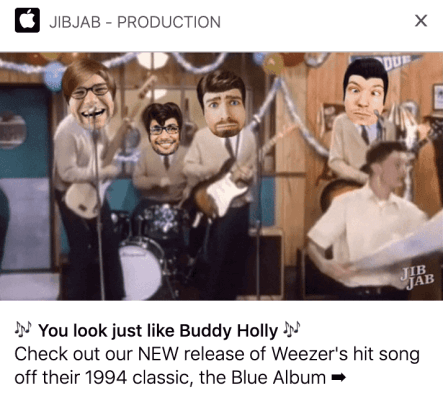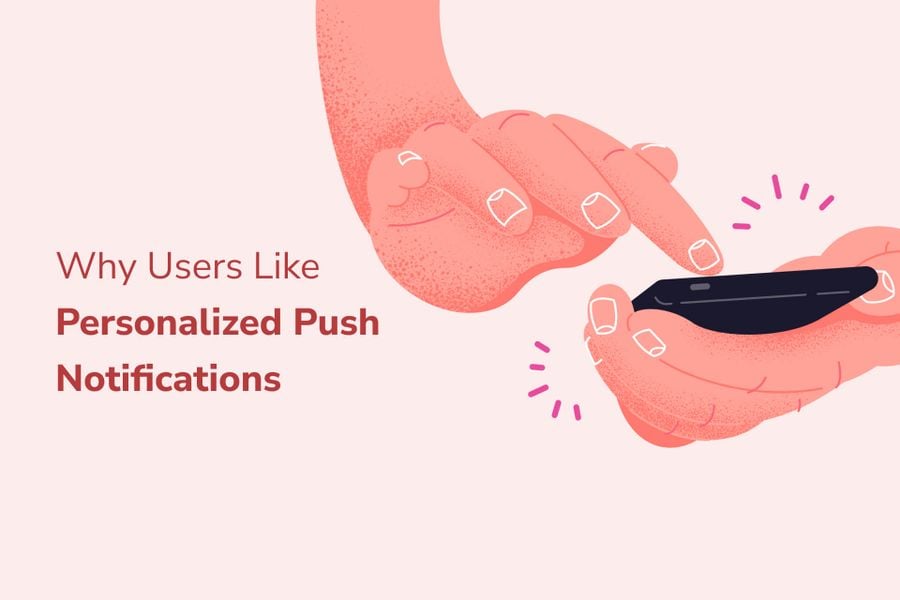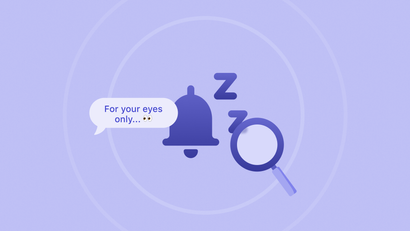There are few things more annoying than receiving irrelevant brand communications. Let’s say you’re on level ten of your favorite mobile game, and suddenly you receive a slough of push notifications encouraging you to kill the dragon in level one.
This is why companies need message personalization.
With increased access to an array of customer data collected through an intricate web of marketing tools, companies are held to even higher standards in delivering relevant content to users. Customers now expect more genuine brand experiences that are personalized to their liking. Push notifications are no exception.
So why else should you care about personalizing your messages?
Reasons to Personalize Your Push Notifications
Relevancy
Personalizing your messages to users shows them that you understand their needs. If you’re not already doing so, you should prioritize sending notifications that are relevant to a user’s buying stage, their known preferences, their specific behaviors, and their personal information.
For example, if you know a user of your eCommerce app has a history of browsing dinosaur-themed merchandise, you might target them with a notification along the lines of “Alex, we thought you’d like to know that Jurassic park shirts are two for one for the month of October.”
Efficiency
Personalized messaging saves your users’ time by grabbing their attention with information, updates, or deals that are directly of interest and actionable. Getting key messages in front of your users improves their in-app experience and allows them to engage with your company in a way that's useful to them. Let’s look at a transactional use case. Maybe a user’s mobile order is delayed. Receiving a personalized push notification gives them a heads up that they’ll need to postpone dinner for another half and keeps them in the loop in the delivery process. Knowing their order is delayed also provides transparency and sets their expectations while they’re waiting for their burger and fries to arrive.
Engagement
It’s no surprise that message personalization is associated with higher Open and Click-Through Rates. Users e served personal content are more likely to take an interest and engage with your notifications. If engagement is a priority for your app, personalization should be too.
Our client Softonic, for example, saw a dramatic increase in CTR’s by personalizing their messaging for 100 different message segments.
Getting Started With Personalization
The quickest way to personalize your notifications is to use placeholder tags. These tags allow you to replace placeholders with their first names and other user data for each notification. We've created the following guide on tags for you to watch when you get the chance.
Using tags in your messages allows your system to pull data from your database and substitute user-specific data into those messages. Automating personalized notifications isn’t the only benefit you’ll get from this. You'll also see a dramatic increase in user engagement. By prompting users with their first name, you can grab their attention and encourage them to engage with your application.

Using our SDK, these tag placeholders can be placed in-line with the message text in your notification templates. With OneSignal, simply create a new Template and insert a placeholder tag within the template’s message section.
You only need to set this up once. All notifications you send after initial setup will substitute placeholders for actual user data. Remember you can also go beyond first names when personalizing push notifications. For example, in a gaming app, you can include tags for a users’ the highest game score, current level, and or other stored gaming variable. To further personalize your messages, you can also include rich media.
Visit our personalization tag documentation for a step-by step on setting this up.

Push Notification Personalization Best Practices
To provide an engaging customer experience while avoiding any embarrassing personalization mistakes that could anger your customers, here are a few best practices to stick with to make sure your strategies execute without a hitch.
1. Use a catch-all default value
Sometimes you won’t have all the data you need on each user, so it’s best to have a catch-all default value for every tag you use. For example, if you are missing the first name for a user, you could set the default value to “friend” or “there” so your notification would read “Hello there! [message]” or “Hello friend! [message]”.
2. Test with dummy users first
Set aside a few devices used internally that are connected with dummy user information. Before you blast your personalized notifications to your entire user base, test your personalized templates using dummy data and adjust accordingly.
3. Balance data collection with privacy
With new privacy laws like the GDPR in force, some companies are hesitant to incorporate personalization in their push notification strategy. Don’t let that scare you away from collecting first names and email addresses. While most people are hesitant to give out their personal phone numbers, they understand that giving their first names and email addresses can get them better customer experiences with your app.
Hungry for more detail on how to use data tags for hyper-personalized customer experiences? Read on in the following article.
Read: Using Data Tags to Personalize Messaging



